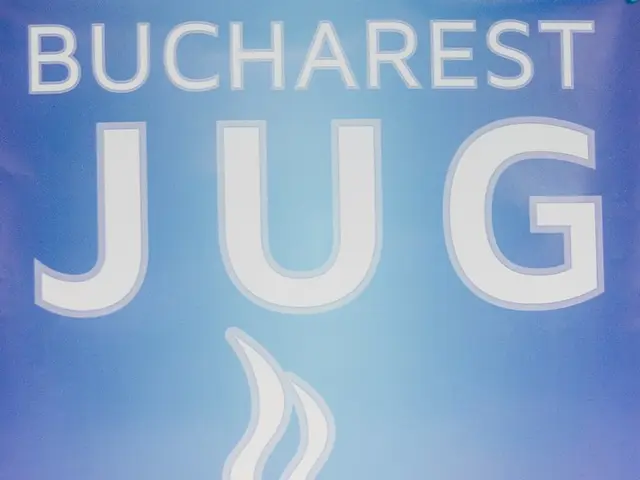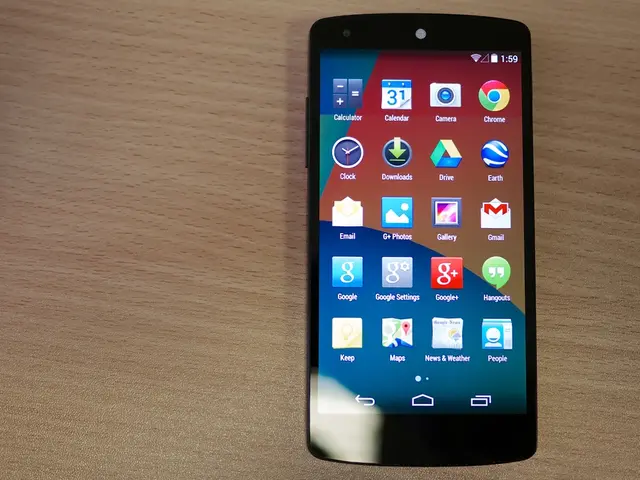Romania to maintain interest rates unchanged at least until the first quarter of next year
In a cautious move, the National Bank of Romania (BNR) kept the monetary policy rate unchanged at 6.50% during its August 8 meeting, maintaining this level for the eighth consecutive meeting [1][3][4][5]. This decision reflects a prudent approach amid expected inflation pressures and a weak economy.
The inflation outlook for Romania shows a marked surge in annual inflation in Q3 2025, primarily due to the expiry of the electricity price capping scheme and increases in VAT and excise duties starting August 1. Inflation is projected to peak above 8% in September–October 2025, hovering in the high single-digit range for the rest of the year, and gradually decreasing thereafter [1][3][4][5].
Analysts, including ING Romania and Erste Group, forecast a peak in inflation at 7.5% by the end of 2022 and 6.5% by the end of 2025, respectively [1][4][5]. However, both institutions expect inflation to ease steeply by Q3 2026, returning to within the target range towards the end of the projection horizon as disinflationary pressures strengthen due to a widening aggregate demand deficit caused by fiscal consolidation measures.
The BNR balances prudence in monetary policy despite the inflation uptick, considering the weak economy and vulnerable inflation expectations. The bank plans to "look through" the temporary inflation spike linked to taxes and energy prices without tightening further [3][4]. This approach aims to contain inflation without harming the fragile economic recovery or undermining fiscal efforts.
Markets will keep a close eye on the execution of fiscal consolidation, particularly the impact of the fiscal and budgetary reform packages, including a VAT rate hike and energy market liberalisation [1][5]. The August Inflation Report is expected to reflect the monetary authority's expectations for the impact of these reform packages.
The RON remains significantly overvalued, and the upward pressure on EUR/RON is still present, according to ING Romania. The massive current account deficit will continue to weigh on the currency, with the yearend target exchange rate at RON 5.1 to EUR. ING Romania also stresses that the RON has seen upward pressure in recent weeks [1][5].
In conclusion, the National Bank of Romania maintains a steady hand in the face of inflation risks, with no change in the monetary policy rate anticipated until at least the first quarter of 2026. The bank's expectations remain unchanged: no cuts in the monetary policy rate until at least the first quarter of 2026, with some easing possible from the second quarter. The RON is expected to face continued pressure, while inflation is projected to peak in the coming months before gradually decreasing.
Businesses in Romania may face financial challenges due to the rising inflation rates, as projected inflation is set to peak above 8% in September–October 2025 [1][3][4][5]. The National Bank of Romania (BNR) is maintaining a steady hand in monetary policy, balancing prudence amid inflation risks without tightening further, aiming to contain inflation without harming the fragile economic recovery or undermining fiscal efforts [3][4].





